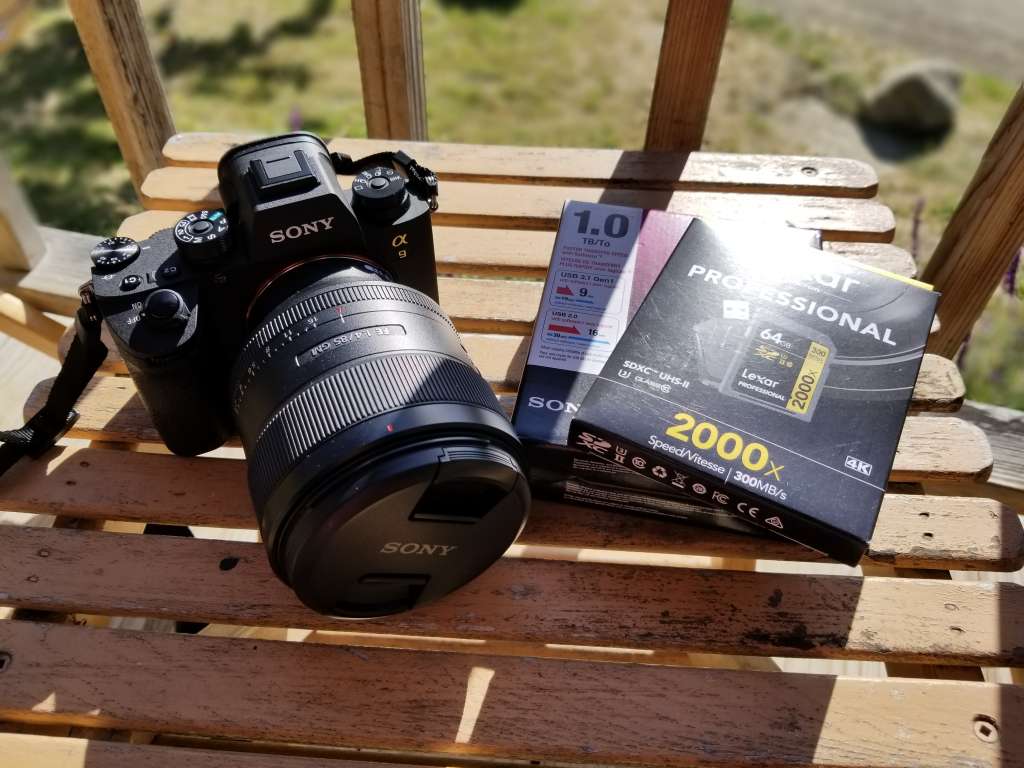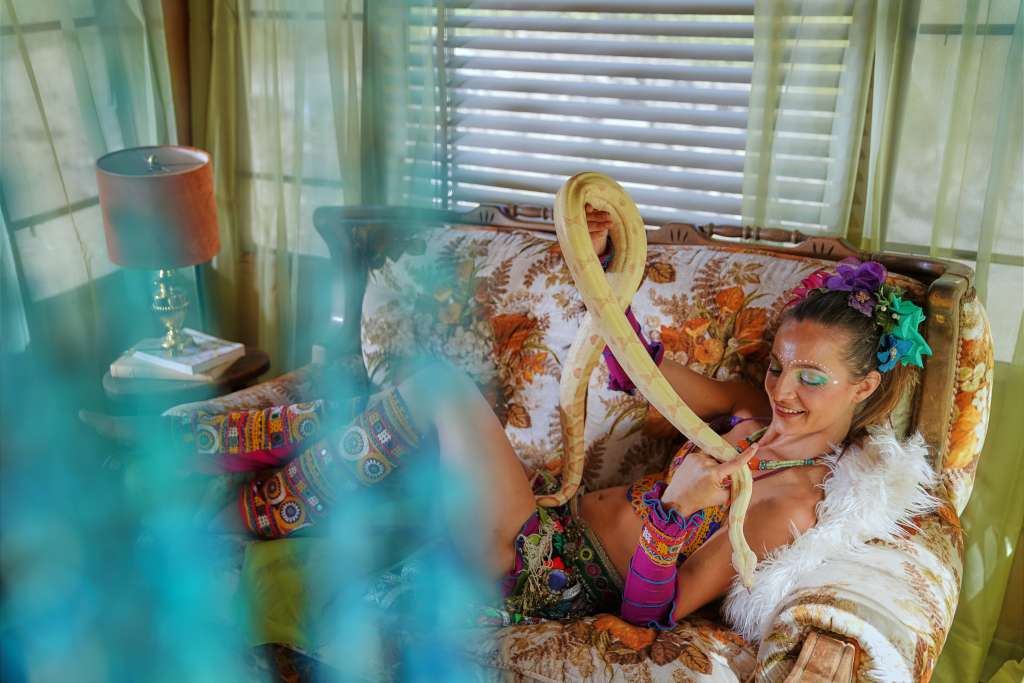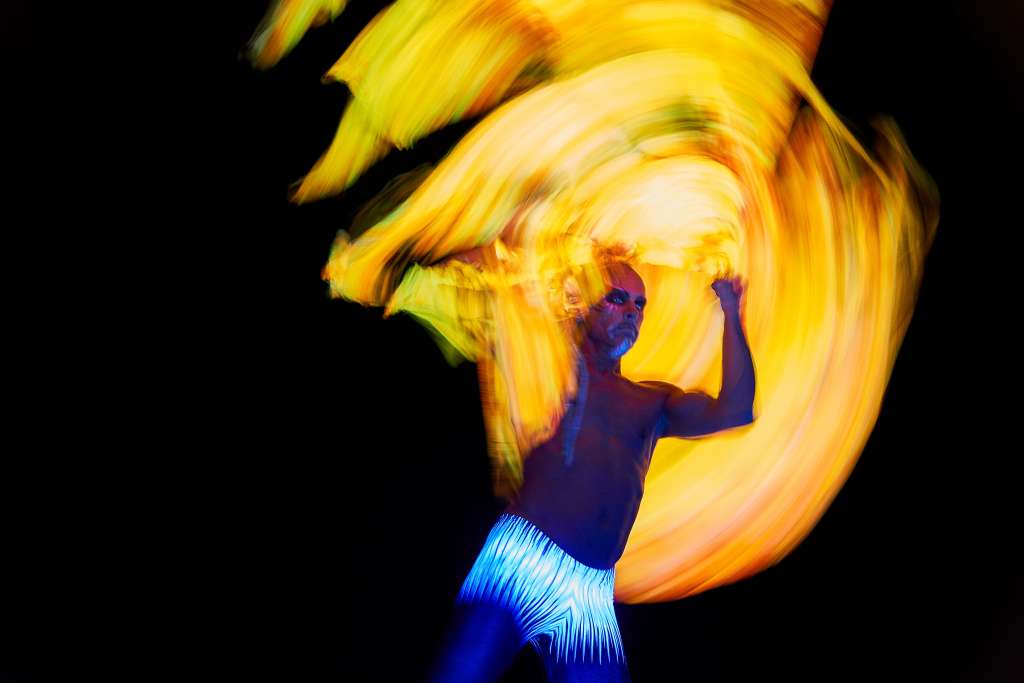When I first heard the Sony a9 announced, I was intrigued – after I used it, I was invested. I mostly shoot landscape and city vistas (with the current lineup of Sony a7 cameras) and the a9 didn’t interest me as much because it’s marketed towards sports shooters. I can confidently say though that this camera is for everyone!

There are so many incredible features about this camera that it really does make it difficult to choose what to talk about first.




One of the many concerns that past Sony users will talk about is battery life or lack thereof. After shooting with the a9 for 3 days straight on the same battery (and shooting over 8000+ RAW frames in high-speed continuous mode) I can confidently say it’s the best battery that Sony has ever produced for their mirrorless cameras. I was blown away by how long it actually lasted. It’s only rated for 480 shots (as listed on their website) but that is without a doubt an ultra-conservative assessment. You can easily shoot on the same battery all day without worrying.



For night/astro photographers using long shutter speeds, you’ll be happy to know that a single battery will last you at least 5-7 hours of use (depending on outside temperatures). I was able to shoot 620 photos over a 5 hour period, with an outside temperature of 48 degrees, and I still had 40% battery left at the end of that!



The next feature that blew my mind was the full-frame stacked CMOS sensor. When thrown into high-speed continuous mode, you can capture 20FPS without skipping a beat – it was so fast it almost looked like it was capturing video! The a9 is also equipped with a single UHS-II SD card slot (and a single UHS-1 SD slot). It transfers at 250+MB/Sec, which enables the camera to buffer faster, allowing you to capture more content. For serious sports shooters (or anyone wanting to capture action) this is a huge feature. You can easily capture a couple hundred photos in a matter of minutes which is amazing (and scary at the same time!).



Along with the ability to capture a staggering amount of photos, the sensor itself seems to handle the 14-bit RAW color much better than the a7 series. It just pops. All of the images seem more vivid and rich (in both RAW and in JPEG format) when brought back for post-production. The blacks are black and skin tones are more natural. I personally don’t know if they’ve improved this particular aspect of the camera but I’m in love with the color nonetheless!



Auto-focus:
The auto-focus on this camera also stood out to me as impressive. Sony isn’t necessarily known for their fast auto-focus speeds or reliability but this camera proves that they got it right. The a9’s Eye-AF might be one of my favorite focusing tools now. I don’t often photograph people but it was impressive to see how fast the focus tracking worked… and also how accurate it was! The addition of the rear joystick made moving the focus box (when in manual point mode) a dream. Very easy and simple to use. In one particular situation, I was outside, at night, capturing an LED-fire dancer using the
continuous-AF system and shooting at 1/8th of a second. It was crazy to think the camera would be able to focus in the dark on my subject but it did! I was able to create a very fun and electric stop-motion animation because of that (something that’s not possible on any other Sony mirrorless).


It wouldn’t be a Sony mirrorless camera if it couldn’t handle low-light situations. The a9 performs as well, if not better, than its predecessors in the a7 family when it comes to low light photography. I was easily able to crank the ISO to 10,000+ to shoot hand held in a pitch black situation. The grain and noise were minimal, to say the least. I was even able to shoot up to 25,600-50,000 ISO and the camera still produced an acceptable image. Only after 50k ISO does the image quality really begin to dwindle which is pretty incredible.
Video
I didn’t spend as much time playing with the video as I would have liked but can say that it’s very similar to the a7 series in the terms of quality. The 100Mbps XVAC-S codec works well and is easy to edit within Adobe Premiere Pro.
There are a few features missing though, most notably S-Log3 and 4k at 60p but I wouldn’t be surprised if either was added in a later firmware update.
As a videographer, I can say that this camera is capable of shooting 4k 30p video or 1080 120p but you would likely use this feature only if you really needed to shoot video in a pinch. It’s pretty much the equivalent of an A7rII. I will say though that the low-light capabilities (in video mode) are better than that of the A7RII and will be a welcomed feature for those shooting in dimly lit situations.
Additional thoughts
There is a multitude of other features on this camera that really make it well rounded and ultimately make it feel like a pro camera. The body is weather sealed (to a point) finally and is definitely a welcomed feature. The camera itself feels solid and well built. Durability-wise it’s likely a big step up from the a7 series but since I didn’t get a chance to really beat it up, it’s hard to say how much it can actually take. If you’re thinking about jumping ship from your current camera provider, now is the time to do it. The a9 is the first professional mirrorless camera from Sony and with their announcement of new wide-angle lenses it’s the perfect time to give it a try. The price tag may make you hesitant but I can say it’s worth every penny!






